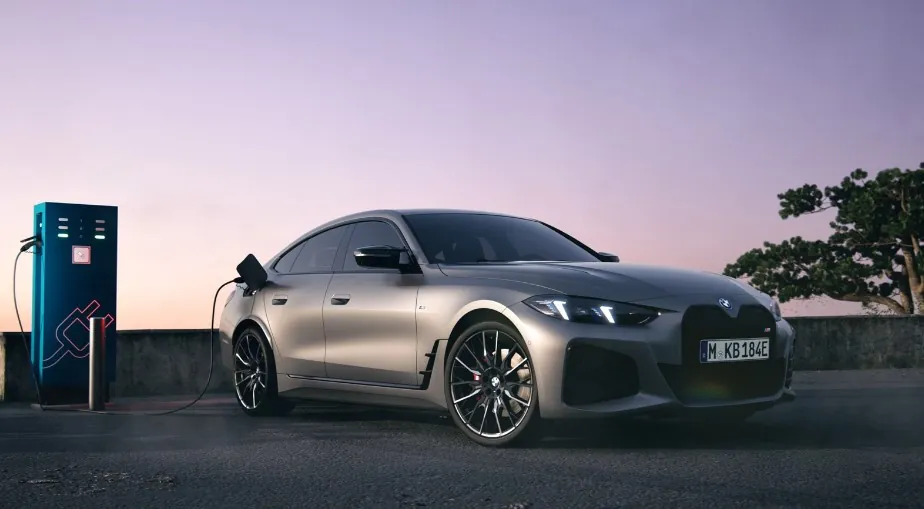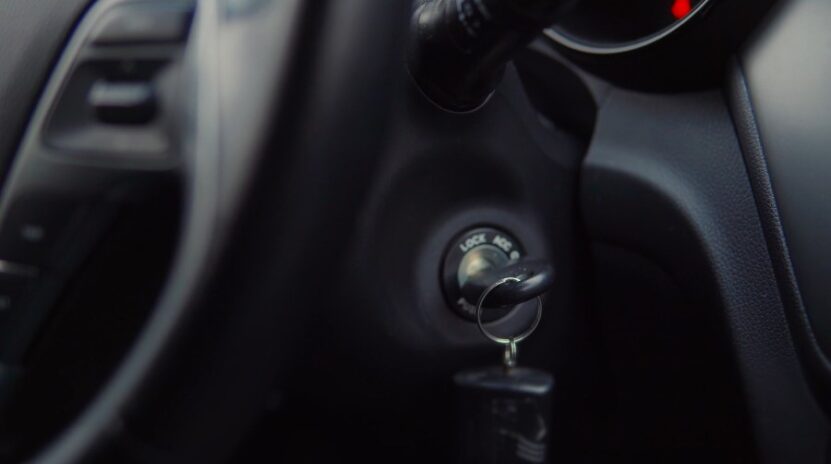
Share Post:
People often ask me about run-flat tires on BMWs and when it’s time to swap them out. Been wrenching on BMWs for a good while, and I’ve fiddled with all sorts of tire options on those cars.
Run-flats can be a fantastic solution for staying safe on the road, but they do come with their own quirks.
Let’s walk through key points on maintaining and replacing run-flat tires, plus a few worthy recommendations that mesh well with various BMW models.
Table of Contents
ToggleQuick Reference for Popular BMW Run-Flat Tires
| Tire Model | Ideal Use | Key Features | Warranty (Miles) |
| Bridgestone DriveGuard Plus | Daily driving, all-season | Better ride comfort, solid wet/dry handling | ~65,000 |
| Pirelli P Zero Run Flat | Performance-based BMWs | Strong grip, sporty braking | ~50,000–60,000 |
| Continental CrossContact LX SSR | SUVs/crossovers | Quiet ride, all-season capability | ~50,000 |
| Dunlop SP Sport Maxx RT RunFlat | Enthusiast drivers | Motorsport-inspired traction | ~50,000–70,000 |
Signs It’s Time for a Change
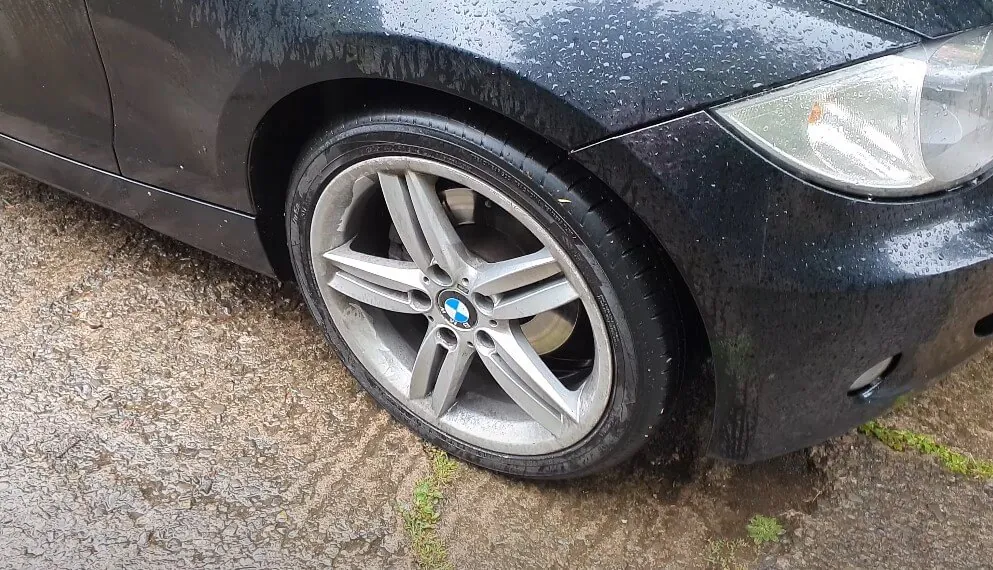
Run-flats have some unique characteristics that demand close attention. It’s easy to get lulled into a sense of security with tires that don’t immediately go flat, but regular checkups are still critical.
A few key indicators point to replacement time:
Flat Tire Driven on Zero Pressure
Once the vehicle is driven on a completely deflated run-flat, internal damage may occur. Reinforced sidewalls are tough, but not invincible.
Many tire pros advise replacing run-flats that have been used in zero-pressure mode for any significant distance.
Tread Depth Hitting 2/32 of an Inch
That’s a general rule for standard tires too. Once tread depth hits 2/32, traction deteriorates.
For a high-performance vehicle like a BMW, minimal tread can significantly impact handling, especially in rain or light snow.
It’s wise to measure tread depth monthly and plan replacements before hitting that legal minimum.
Visible Damage
Cuts, bulges, or strange wear patterns mean it’s best to switch them out. Reinforced sidewalls are a hallmark of run-flats, but any notable damage compromises that design.
Driving on damaged tires can lead to blowouts or other dangerous scenarios. Regular checks on pressure and overall condition are vital for maintaining performance.
Popular Replacement Options
A wide variety of run-flat models are available from major manufacturers. Below are a few that come up repeatedly in conversations with fellow enthusiasts and in many BMW circles:
Bridgestone DriveGuard Plus
- Renowned for decent ride comfort, something run-flats don’t always deliver well.
- Offers a balanced approach to wet and dry grip.
- Tends to suit a broad range of BMW sedans and smaller SUVs.
Pirelli P Zero Run Flat
- Known to shine when it comes to grip and precise braking.
- A favorite among drivers who crave sporty performance in corners.
- Commonly seen on coupes or performance-oriented sedans.
Continental CrossContact LX Sport SSR
- A good bet for SUVs and crossovers like X3, X5, or X6.
- Minimizes road noise and delivers solid all-season traction.
- SSR (Self Supporting Runflat) technology allows limited driving after pressure loss.
Dunlop SP Sport Maxx RT Run Flat
- Performance-centric design that leans on motorsport tech.
- Designed for nimble handling and quick response on dry or wet pavement.
- Works nicely on sportier BMW models that emphasize driving dynamics.
Size compatibility is vital, so check your current tire specs or consult a knowledgeable pro. A tire that works great on a 3 Series might not be suited to an X5, so double-check those details.
Installing the correct size and load rating ensures you’re good to go, without messing up handling or ride quality.
Mileage and Longevity
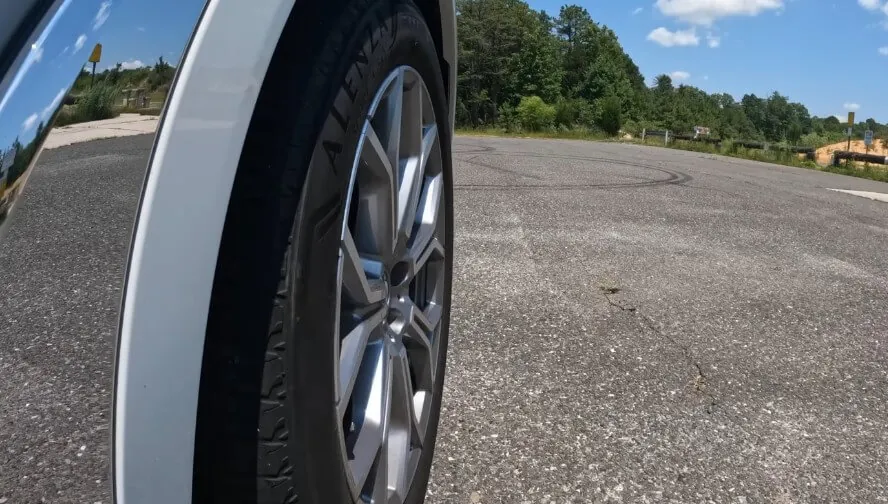
Some people share stories of getting anywhere from 40,000 to 80,000 miles out of run-flats. That’s a huge range. Everything from driving habits to road conditions can sway outcomes.
A careful, conservative driver might squeeze out more miles, whereas someone who loves rapid acceleration and aggressive cornering will probably wear tires out quicker.
Rotations, alignments, and consistent pressure checks help extend life. Maintenance is key. Lower-than-recommended pressure speeds up wear and affects handling.
A monthly pressure check only takes a few minutes and can really help. BMW service intervals often factor in inspections, so consider it part of a regular routine.
Arguments Over Ride Quality
BMW drivers are known to care deeply about handling, comfort, and overall driving feel. Run-flats have stiff sidewalls, which can make the ride feel a bit harsher than standard tires.
Some people say it’s a fair tradeoff for added security, while others prefer standard tires and a roadside repair kit instead.
J.D. Power surveys and automotive forums reveal a group that complains about higher noise levels and occasional jolts from rough roads.
On the flip side, there’s a segment of owners who say the difference is negligible, especially with certain premium models that place comfort high on the priority list.
It boils down to personal preferences. In case ride comfort stands above all else, exploring alternatives might be reasonable, but many still opt for run-flats strictly for the benefit of avoiding a sudden side-of-the-road tire swap.
Important Factors Before Installation
1. Professional Mounting
Run-flats need special care during installation, thanks to the rigid sidewalls. Many shops have the right equipment, but ask about that if you’re calling around for estimates.
2. Tire Size and Speed Rating
BMW includes recommended sizes in the owner’s manual and on the driver’s door jamb. Sticking to those specs helps maintain correct speedometer readings and proper load capacity.
3. Matching Brand and Model
Some lease agreements require returning the car with the same brand and run-flat style. Always confirm that before making a purchase, or you might get dinged when the lease ends.
4. Carrying a Repair Kit
Even though run-flats handle minor punctures, major damage or extreme distances without pressure can still ruin a day. Some people toss a small repair kit or portable inflator in the trunk for added peace of mind.
That might not fix everything, but it can’t hurt to have extra backup on a long trip.
Real-World Experiences
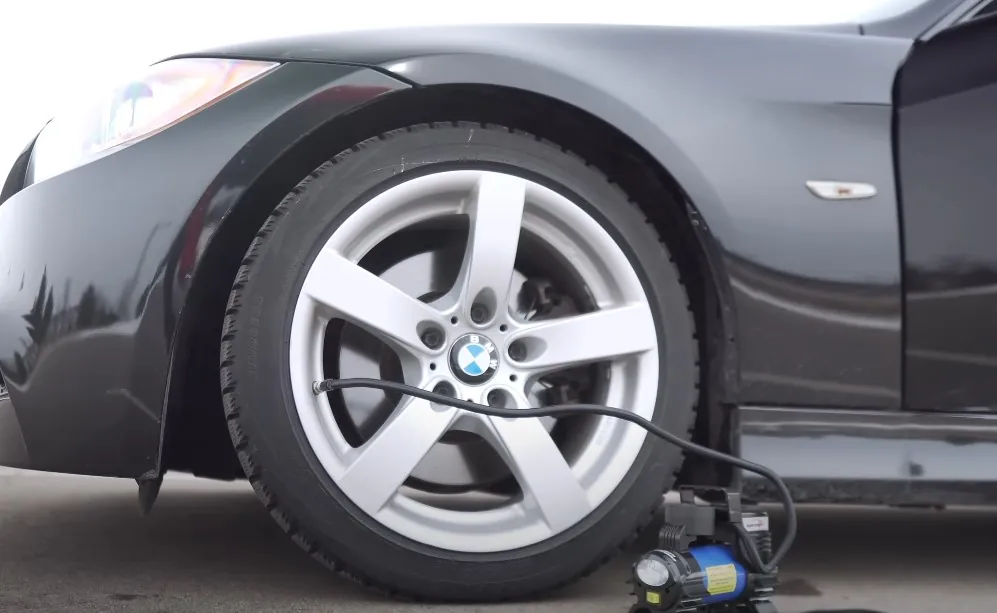
Head over to owner forums, and there’s a wave of stories about run-flats. Some mention logging a good 60,000 miles without a hitch, while others mention harsh ride quality or unexpected blowouts. It helps to keep a realistic perspective.
Stay on top of pressure, rotate occasionally (in case your setup allows it), and watch tread carefully. That’s the formula for getting the most out of them. A BMW 328i driver might rave about Bridgestone DriveGuard Plus, praising the comfort compared to OEM tires.
A BMW X5 owner might lean toward the Continental CrossContact LX Sport SSR for strong grip in all sorts of weather.
It’s always good to chat with trusted BMW service technicians and read reviews from drivers with the same model.
Balancing Run-Flat Benefits and Trade-Offs
Engineers at BMW continue to equip models with run-flats for a reason. You get the convenience of motoring along on a puncture instead of waiting for a tow truck or doing a roadside tire swap in traffic.
That’s pretty huge for those who prioritize safety and convenience. On the other hand, initial cost can be steeper, and some might feel a difference in ride comfort, especially on older roads.
Enthusiasts who prioritize a cushier ride sometimes opt for non-run-flat tires. That route isn’t for everyone, especially on new models that lack space for a spare.
Some people carry a portable compressor and sealant kit, acknowledging the potential risk but valuing a plusher feel. No single solution works for everyone, so weigh safety, ride preference, and your daily routine.
Final Thoughts
Run-flats are part of the BMW identity, offering a blend of safety and convenience that regular tires can’t match. A little vigilance goes a long way: check pressures, keep an eye on tread wear, and don’t ignore damage.
Regular monitoring makes it easier to decide on replacements before performance or safety is compromised. Choices abound, from Bridgestone to Pirelli and beyond.
Pinpoint what suits your driving habits best, then enjoy more peace of mind behind the wheel. That’s the key to riding happily in a BMW on run-flat tires.
Related Posts:







